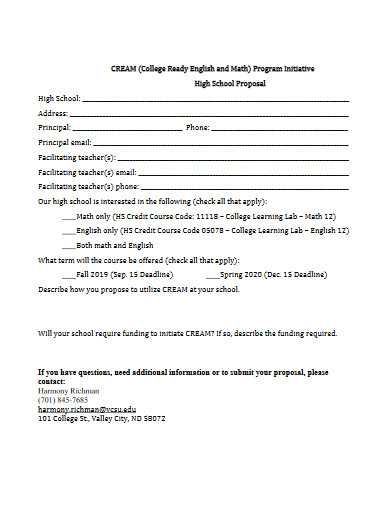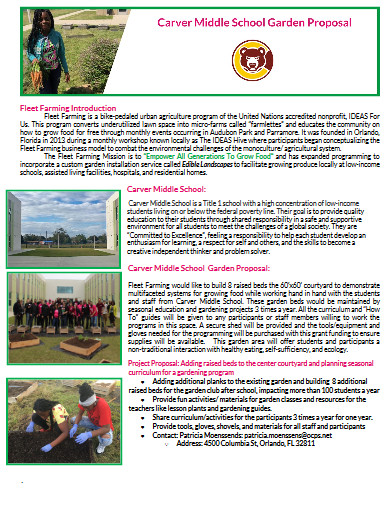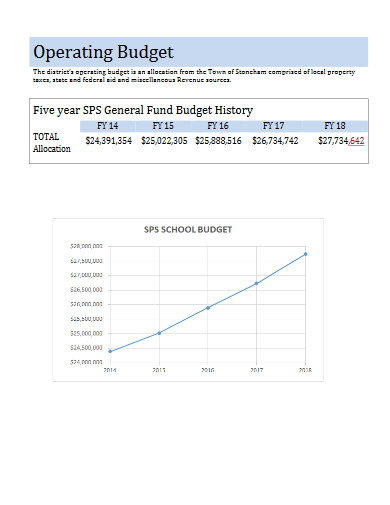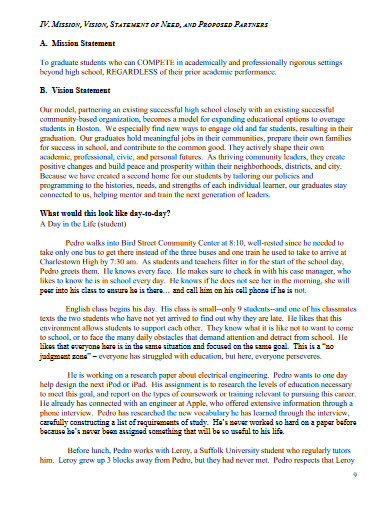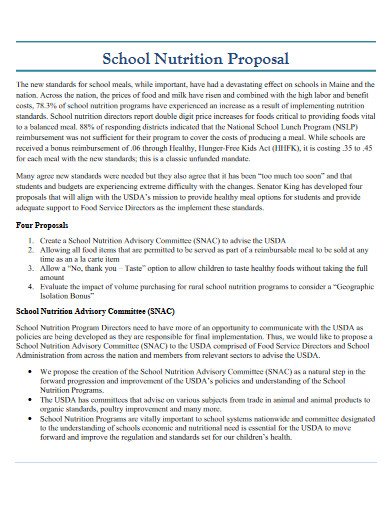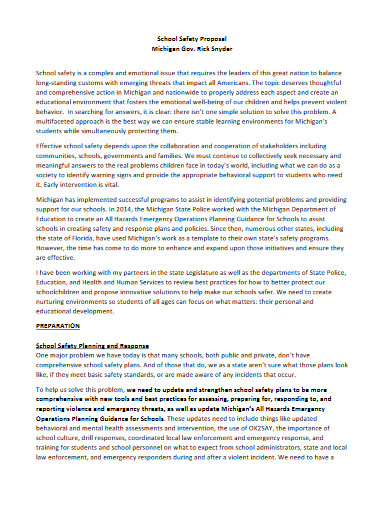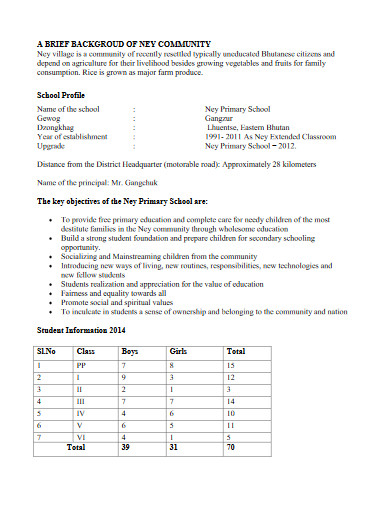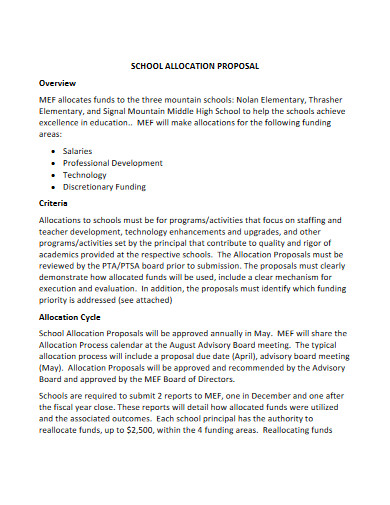15+ School Proposal Examples to Download
As businesses, schools evolve in terms of market approach, service provision, income generation, and many more. Along with this evolution is the increase in prices of equipment and services. Luckily, the requirement to acquire financial assistance for event sponsorships, fundraising programs, research project plans, and other school activities didn’t change much. Just by submitting a school proposal, professionals and students, alike, can already obtain the modern solutions they need for their elementary, high school, or college institution. We understand that not everyone knows how to create one. This is why we offer you our article and library of examples below! Make sure to check them out!
15+ School Proposal Examples
1. One Page School Proposal Template
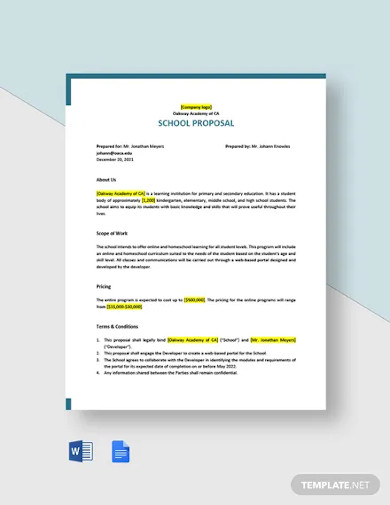
2. School Event Proposal Template
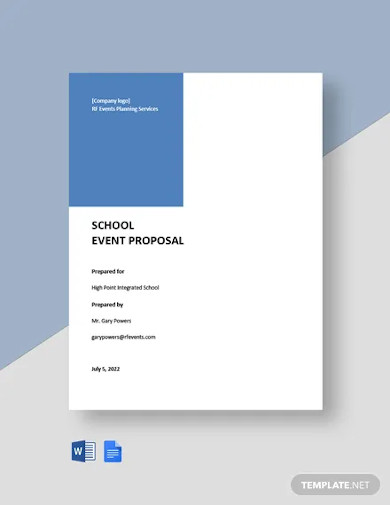
3. School Charity Proposal Template
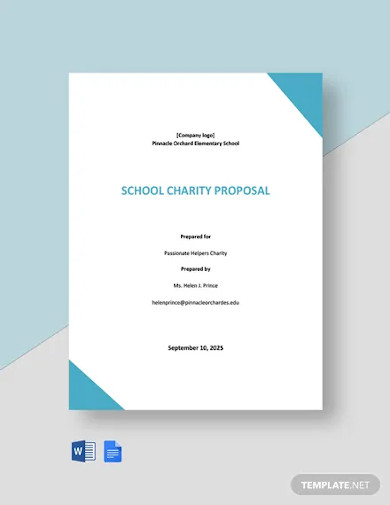
4. School Budget Proposal Template
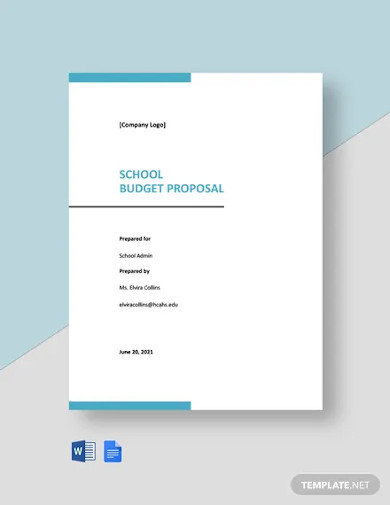
5. Free Sample School Project Proposal Template
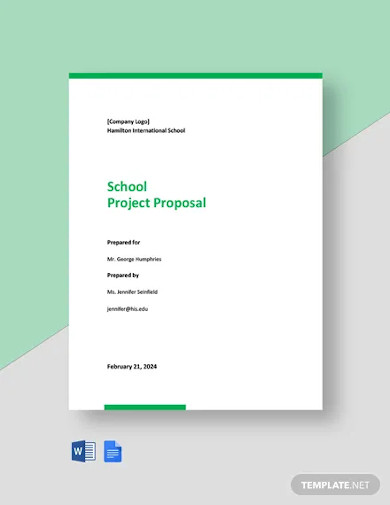
6. Free Simple School Business Proposal Template
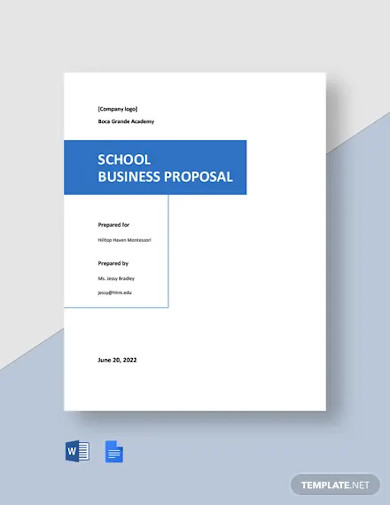
7. Free School Project Proposal Letter
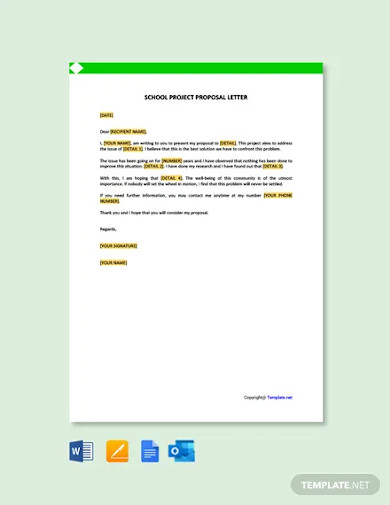
8. Free School Event Proposal Letter
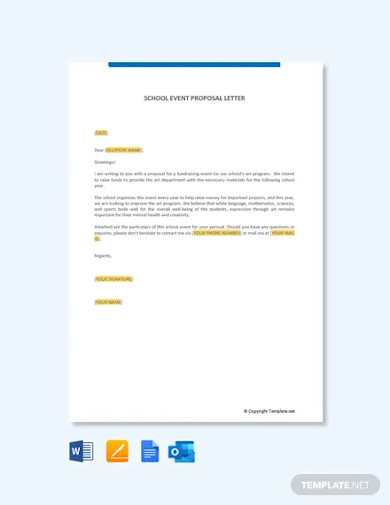
9. High School Proposal
10. School Garden Proposal
11. School Department Budget Proposal
12. Innovation School Proposal
13. School Nutrition Proposal
14. School Safety Proposal
15. School Project Proposal
16. School Allocation Proposal Template
What Is a School Proposal?
A school proposal is a document that presents a project that can help in the development of a school’s establishment, operations, and maintenance. Its content focuses on identifying the problems and providing solutions. By presenting these details, schools can persuade wealthy individuals and organizations to fund their planned undertaking. Public and private schools obtain funds differently. Most of the time, public schools get their funds from the state government, while private schools rely on tuitions, sponsorships, donations, bank loans, and investments. Some of these ways require school proposals to evaluate whether the presented project is worthy of cash assistance.
School’s a Worthy Investment
Most people focus their investments on companies that exchange products, overlooking service providers like schools. Little did they know, these types of businesses bring more advantages than manufacturers. If you take schools as examples, you’ll have the following strong points:
1. Meets Social Responsibility – Schools’ products take the form of students who turn to professionals. Because of this, their investors involve themselves in social efforts.
2. Less Risk – Education is a must-have. Therefore, schools are slightly resistant to recession.
3. Prone to Halo Effects – The success of a school right from the start of their operations and investments pass on from the community it’s part of to the neighboring communities easily.
4. Predictable Revenue – Students rarely transfer from one school to another. This makes it easier for a financial analyst to conduct financial planning and analysis.
5. Secure Cash Flow – Most schools collect fees in advance, securing financial stability.
6. Faster Growth for Tuition Fees – Almost every year, schools increase their tuition fees. On the contrary, teachers who are the main driver of the school operations vary their salaries with inflation. The difference goes in favor of the school and its investors.
How To Create a School Proposal
Both students and professionals know very well how challenging proposal writing is. However, the not-so-secret method to easily overcome such a challenge is knowing how the document flows according to the standards. To help you with that, we present to you our standardized outline below.
1. Create an Abstract
An abstract is the proposal’s summary that serves two purposes. First, it helps readers anticipate the noteworthy details. Second, it assists them in making their document reviews more convenient. Though set in the first part of the document, most writers prefer writing them last.
2. Provide Statement of the Problem
One of the main purposes of a school proposal is to address certain school issues. Identifying these issues can clarify the very intention of the document. In Grace Chen’s July 2020 blog article for Public School Review, the problem in the classroom size tops the list of challenges that public schools are currently facing.
3. Expound Proposal
For every problem, there’s a solution. After letting the readers know what the problems are, provide your proposed solution. If you take the classroom as an example, you can set the resolution to the construction project plan of another building. In this section, you have to explain how the project will resolve the presented issues concisely.
4. Define Project Implementation
After explaining the resolutions, give full details of how you are going to deliver them. In doing so, make sure to include objective statements, activity schedules, and the list of materials. Some assessments might come necessary, such as safety risk assessment, skills assessment, and many more.
5. Identify the Stakeholders
Supervision of each of your project’s activities is important to ensure high-quality performances. For this reason, you have to include in your proposal the complete list of all the stakeholders. Not only that, but you also have to indicate their functions to the overall project. This section intends to remind the stakeholders of their responsibilities and help project managers understand the project’s organizational structure.
6. Present Project Budget
School projects require financial resources to start each of its activities and to complete them. Hence, you must present your project budget. Bear in mind that investors, grantmakers, and banks are very keen on inspecting this section. So, you have to make every prediction on your profit and loss statements, balance sheets, estimates, quotations, and other financial documents realistic.
7. Measurement Activities
The final activity of every project is the project assessment. This activity includes the decision criteria for the overall project performance. Various analysis, auditing, and recommendations have to be included, as well. Your task in this final section is to identify what the decision criteria are composed of, and what methodologies will be used in the analyses.
FAQs:
What is the difference between RFP and RFQ?
A request for proposal (RFP) refers to a letter that appeals to a service provider to identify issues and rooms for improvement and provide suitable resolutions. On the other hand, a request for quotation (RFQ) is a letter that asks service providers for a specific service’s inclusions and price.
What are the different types of proposals?
The different types of proposals include solicited proposals, unsolicited proposals, preproposals, non-competing proposals, and competing proposals.
What are the richest schools in the United States?
The top five richest schools in the United States are Harvard University, The University of Texas System, Yale University, Stanford University, and Princeton University.
Schools provide most of the knowledge that we have today. With that, it is only right to develop them even more not just for the economy, but also for the future generation. If you’re eager enough to take the first step, then start learning how to create a proposal.



